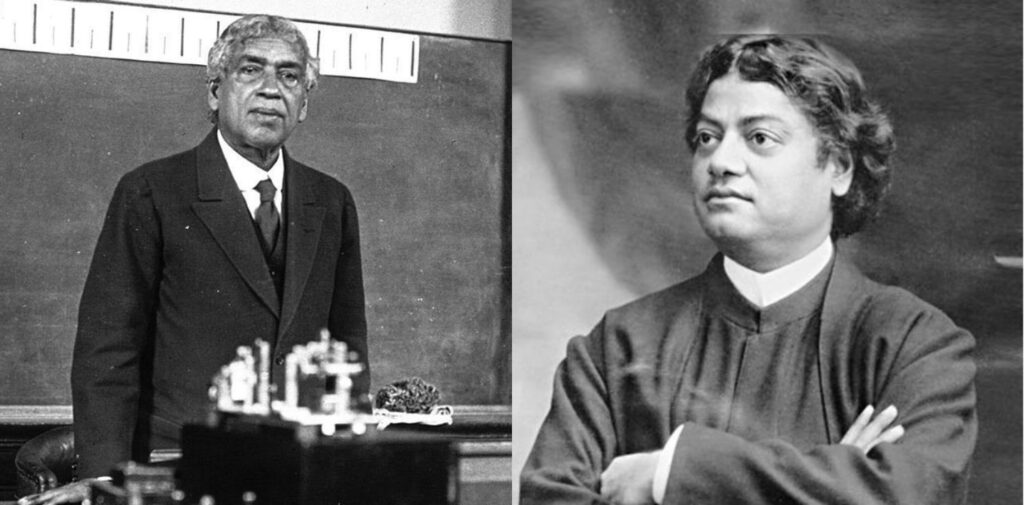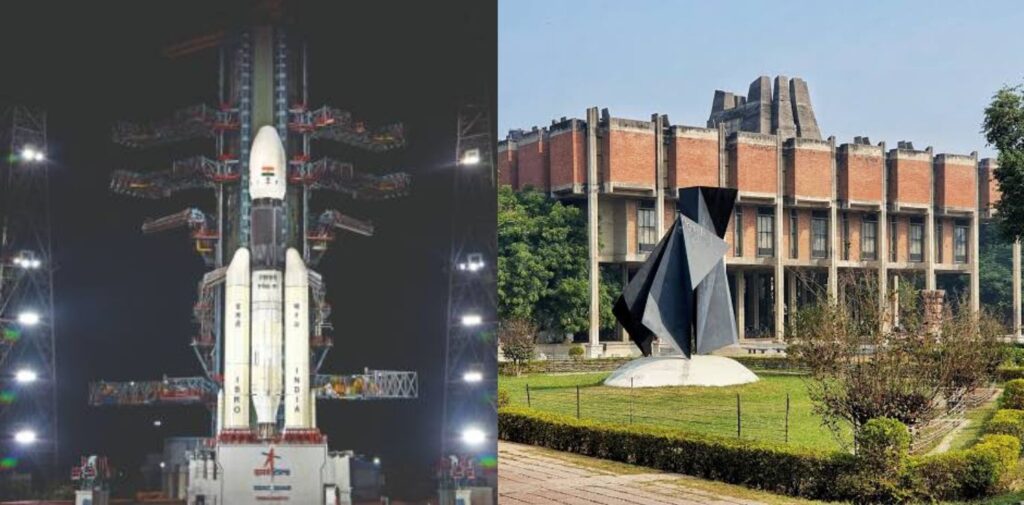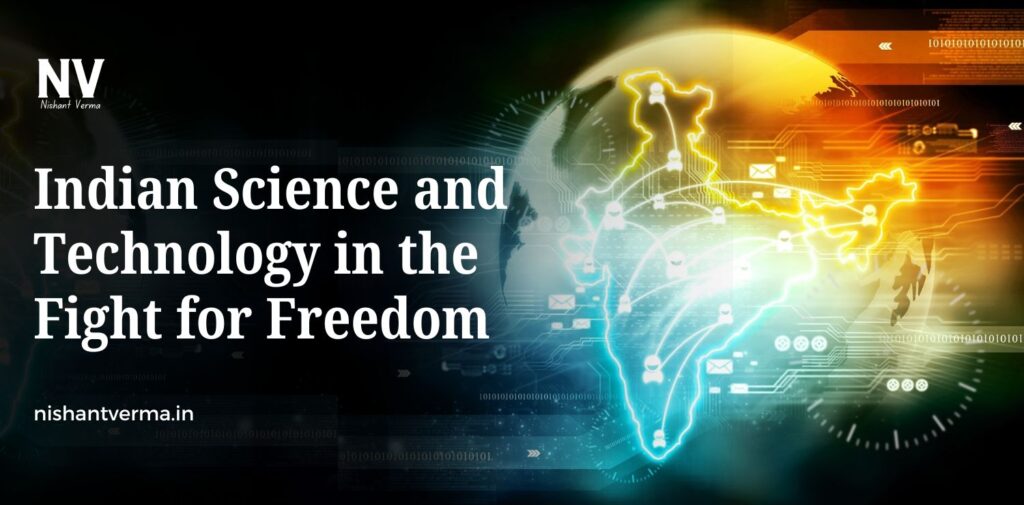India’s fight for independence is a tale of bravery, sacrifice, and struggle against colonial rule. While political leaders, social reformers, and ordinary citizens played critical roles in this fight, another often overlooked force in India’s freedom movement was science and technology. Indian scientists and inventors, both within the country and abroad, contributed significantly to the nationalist movement by providing new tools, methods, and ideas to challenge British colonial power.
From the development of new technologies to the application of scientific knowledge in strategic ways, Indian science and technology shaped the freedom struggle in various ways. In this article, we explore how Indian science and technology helped in the fight for independence and how their contributions paved the way for a more modern, self-reliant India.
The Role of Indian Science in the Early Nationalist Movement
The story of Indian science and technology in the freedom struggle can be traced back to the 19th century when Indian intellectuals and reformers began to realize the importance of scientific knowledge in achieving national progress. During British rule, India was often seen as a land of superstitions and backwardness by the colonizers. However, many Indian leaders, thinkers, and innovators began to challenge this perception by embracing science and technology as tools of empowerment.
One of the earliest contributions was made by Sir Jagadish Chandra Bose, a pioneering scientist who made groundbreaking discoveries in the fields of physics and biology. Bose is credited with inventing the first wireless communication device and developing important theories on plant physiology. His work not only advanced science globally but also helped instill a sense of national pride in India’s scientific achievements.
Another important figure from this period was Swami Vivekananda, who, while primarily known for his contributions to philosophy and spirituality, also recognized the importance of scientific knowledge for national development. He often spoke about the need for Indians to adopt modern scientific methods while simultaneously respecting their traditional knowledge and values.

The Indian National Movement and Scientific Nationalism
As the nationalist movement gathered momentum in the late 19th and early 20th centuries, the concept of “scientific nationalism” emerged. Indian nationalists realized that science and technology were critical for economic independence and self-reliance, and they began to promote scientific knowledge as a way to resist British colonialism.
One of the key players in this movement was Dadabhai Naoroji, who highlighted the importance of scientific knowledge in the economic development of India. In his famous work, Poverty and Un-British Rule in India, Naoroji argued that the British colonial system was exploiting India’s resources and depriving the country of its potential to grow scientifically and economically. His work motivated many to think about how India could develop its own technological and industrial capabilities.
Around the same time, leaders like Bal Gangadhar Tilak and Bipin Chandra Pal recognized the importance of modernizing India’s educational system to foster scientific and technological advancements. They pushed for the establishment of scientific institutions and promoted education in fields like engineering, medicine, and agriculture.

Science and Technology in the Freedom Struggle: Key Contributions
As India’s struggle for independence entered the 20th century, scientific advancements and technological innovations became crucial tools for the nationalist movement. From creating indigenous technologies to using scientific knowledge for strategic purposes, Indian science and technology had a significant impact on the freedom struggle.
1. The Role of Indian Scientists in the Development of Indigenous Technologies
One of the most important ways that science and technology helped in the fight for freedom was by promoting indigenous industrial and technological capabilities. During British rule, India was primarily an exporter of raw materials and an importer of British-made goods. To break free from British economic control, nationalists pushed for self-reliance, and science and technology were seen as key to achieving this goal.
Indian scientists and engineers began to develop new technologies and industries that could reduce the country’s dependence on British goods. For example, during the 20th century, Indian scientists like Sir C.V. Raman, Satyendra Nath Bose, and Meghnad Saha made significant contributions to the fields of physics, chemistry, and mathematics, advancing India’s scientific capabilities.
In the field of engineering, Indian innovators worked on the development of indigenous machines, tools, and equipment that could support local industries. Some nationalist leaders even emphasized the importance of industrialization in freeing India from colonial economic dependence.
2. The Salt March and the Use of Technology for Strategic Purposes
One of the most iconic moments in India’s freedom struggle was Mahatma Gandhi’s Salt March in 1930. This event, which was a direct protest against British salt taxes, demonstrated how the nationalists used a combination of mass mobilization and strategic thinking to challenge British authority.
While the Salt March itself wasn’t directly related to science or technology, it showed how modern methods of organizing mass movements—using communication technologies like newspapers and telegrams—were used to rally people across the country. Gandhi understood the power of mass communication and strategically used it to gain widespread support for the movement.
Moreover, the Salt March demonstrated how the struggle for freedom could be linked to the everyday lives of common people. By making salt production a symbol of colonial exploitation, Gandhi used the knowledge of local resources to turn a simple act of defiance into a powerful statement against British rule.
3. The Role of Technology in the Quit India Movement
During the Quit India Movement of 1942, technological tools were also used to strengthen the nationalist cause. Although the movement was primarily a call for the immediate withdrawal of British forces from India, it also saw an increased use of telecommunication and radio to spread the message of freedom.
In particular, Indian scientists and engineers contributed by developing underground radio stations to transmit anti-colonial messages to the public. The All India Radio, though controlled by the British, was used by nationalist leaders to reach out to a broader audience, fostering a sense of unity and collective action.
The Role of Indian Students and Scientists Abroad
Another significant contribution to India’s fight for independence came from Indian students and scientists who were educated abroad. Many of them studied in countries like England, the United States, and Germany, where they had access to the latest scientific knowledge and technologies. These students and scientists returned to India with new ideas, innovations, and strategies that they applied to the nationalist cause.
For instance, Subhas Chandra Bose, who had studied in Europe, played a significant role in raising support for India’s independence through his efforts with the Indian National Army (INA). Bose sought international cooperation, especially from Japan and Germany, to bring about the defeat of British rule in India. He used scientific methods and technology to organize the INA and develop strategies for India’s liberation.
Similarly, the contributions of scientists like Meghnad Saha, who worked on theoretical physics, and Vikram Sarabhai, a key figure in India’s space program, would come later, but their initial education and training abroad were significant in fostering a sense of scientific nationalism. Their achievements helped India build scientific institutions after independence.

Post-Independence Contributions of Science and Technology
The foundations laid by Indian scientists during the freedom struggle had a lasting impact on the nation after independence. Post-independence, India continued to rely heavily on science and technology for national development.
The establishment of institutions like the Indian Space Research Organisation (ISRO) in 1969, the Indian Institutes of Technology (IITs), and the Council of Scientific and Industrial Research (CSIR) were direct results of the scientific nationalism that emerged during the freedom movement. These institutions not only helped India become self-reliant but also contributed to the global scientific community.
Conclusion: Indian Science and Technology
The role of science and technology in India’s freedom struggle is often underestimated. However, from the work of early scientists like Jagadish Chandra Bose to the contributions of engineers and innovators during the Quit India Movement, science played a crucial role in the fight for independence. Indian scientists, both at home and abroad, helped create a sense of national pride and self-reliance that was essential for the country’s economic and political freedom.
Science and technology provided India with the tools to challenge British rule, advance in industrial development, and promote a sense of unity among people from different walks of life. Today, the contributions of these scientists and innovators continue to shape India’s future, reminding us of the vital role of knowledge and innovation in the pursuit of freedom.




